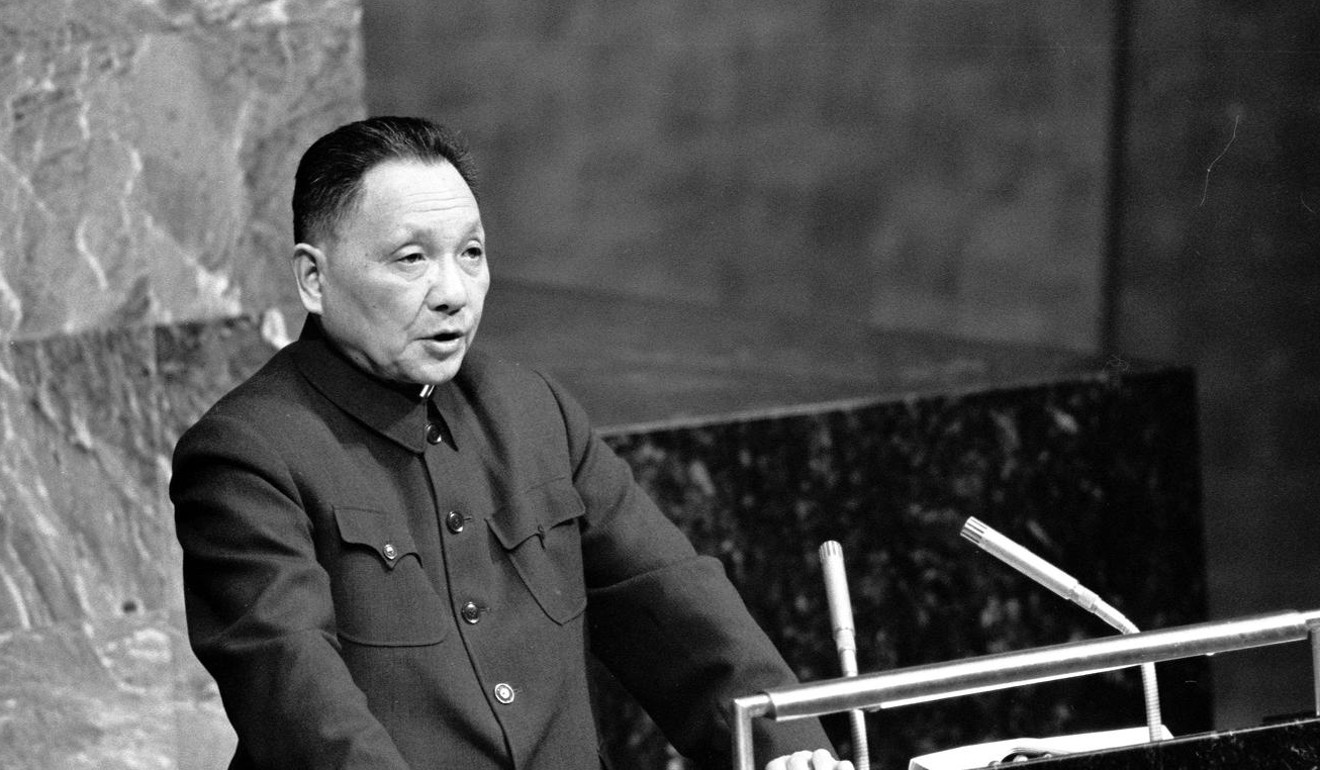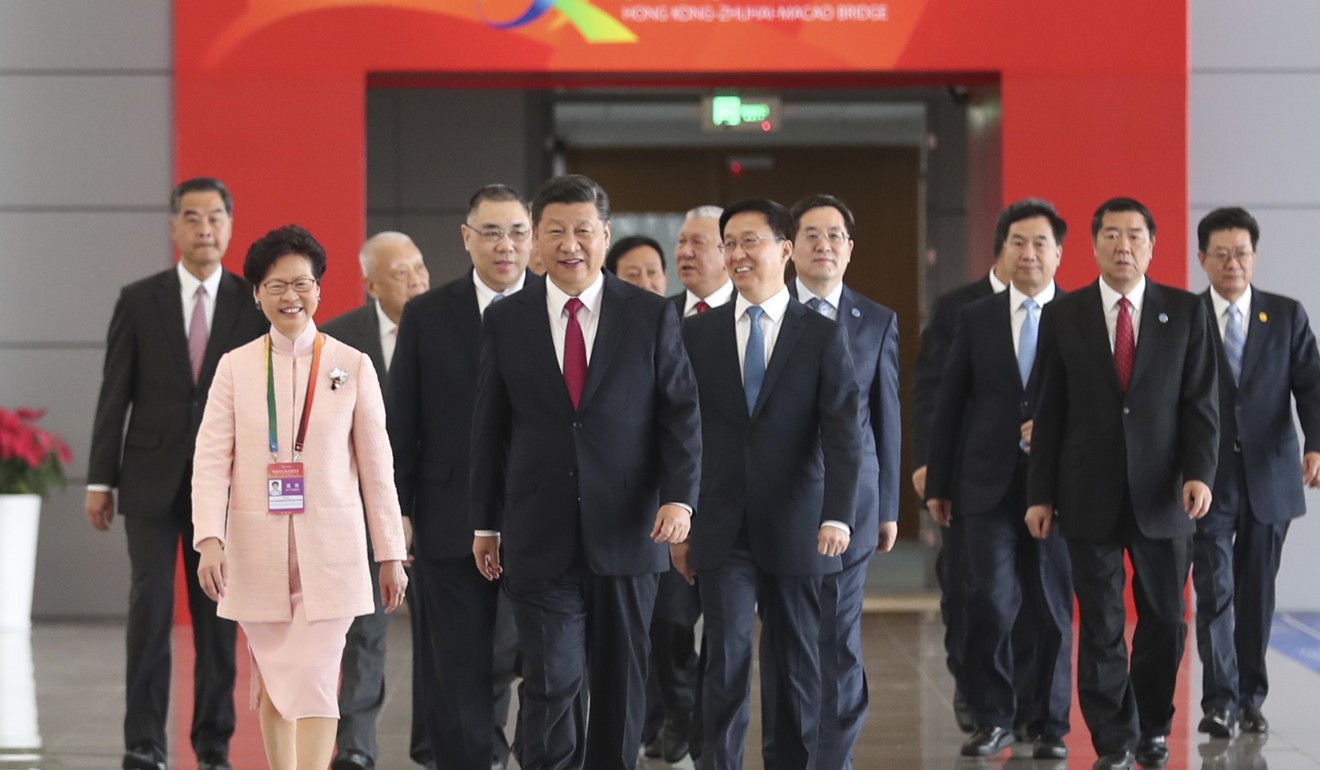
Hong Kong is still wet behind the ears at 21 since return to Chinese rule, as she figures out her role
- Country is set on its destiny 40 years after reforms, and the city has to understand where it stands amid this
- Major local controversies and obstacles faced reflect Hong Kong’s growing pains in bid to mature
“At 15, I set my heart upon learning; at 30, I had my feet planted firmly on the ground; at 40, I no longer suffered from doubts about myself; at 50, I knew what heaven intended for me; at 60, my ears were attuned; at 70, I could follow the dictates of my own heart without overstepping the boundaries.”
That was how Confucius defined the stages of a meaningful life. Now, in these modern times, Chinese people still like to draw upon those ancient words of wisdom to judge the country’s development.
This year marks the 40th anniversary of China’s reform and opening up, started by late paramount leader Deng Xiaoping. Many see it as a signal that China by now has no doubt about its destiny – or “what heaven intended” – and that means the only way forward is reform and opening up, whatever ups and downs along the way.
Deng Xiaoping’s son urges China to ‘know its place’ and not be ‘overbearing’
But 21 years after returning to China under the “one country, two systems” policy, Hong Kong is still at a relatively young age and in the process of learning before standing on solid ground. Put simply, the city is still feeling its way ahead, which is reflected in all the major controversies relating to its development, politically and economically.

One most-asked question these days is, if Hong Kong has played a unique and instrumental role in connecting China with the world over the past 40 years, where is it now? The answer requires a look at both sides of the border.
His repeated morale-boosting messages to the private sector over the past three weeks constituted a political statement of determination to deepen reform, but also revealed the severity of the economic situation.
China’s reform and opening up can keep delivering ‘miracles’, says Xi Jinping
Private businesses account for 60 per cent of China’s gross domestic product and 80 per cent of jobs. No wonder the two consecutive Politburo meetings in July and late October identified “job stabilisation” as the top priority.

Interestingly, instead of heading directly to Beijing, the delegation will first visit Shenzhen. The official reason is simple: being the trailblazer for the country’s major reform, Shenzhen has a long history of cooperation with Hong Kong.
Hong Kong fails to overtake Shenzhen as China’s most competitive city ... again
Hong Kong rejected the idea of extending the bridge to Shenzhen for various considerations. Shenzhen, as a result, sped up its own transport network development to connect with the rest of the country by land, sea and air.
That is said to have left Shenzhen and the rest of Guangdong province “scratching their heads” on how to come up with better ideas.
Hong Kong is going through its own stages of life, and hopefully will not have to do too much head scratching to find a meaningful role.

